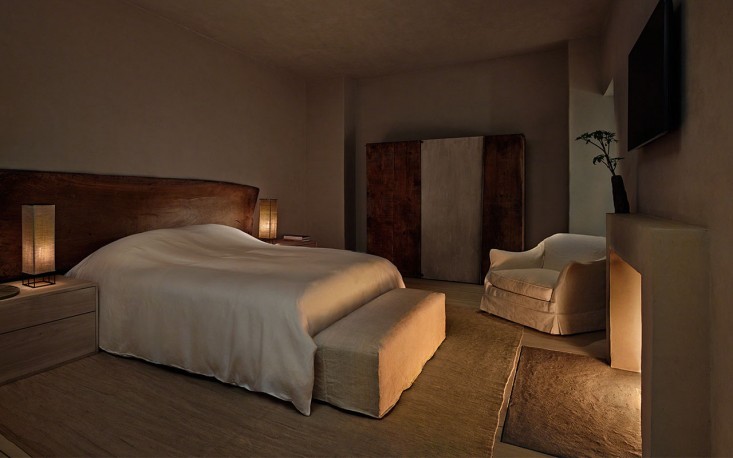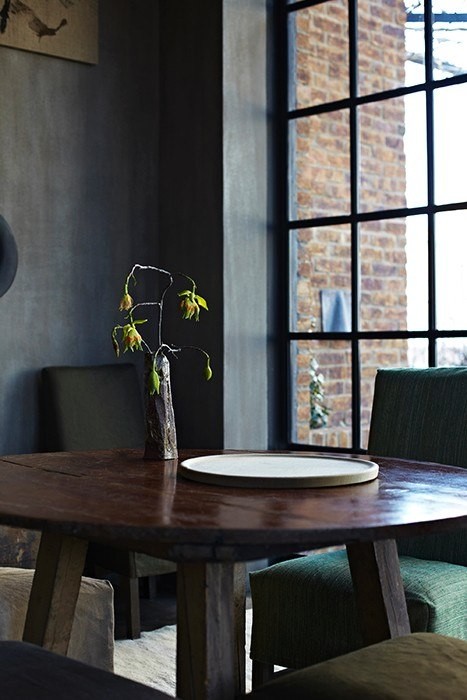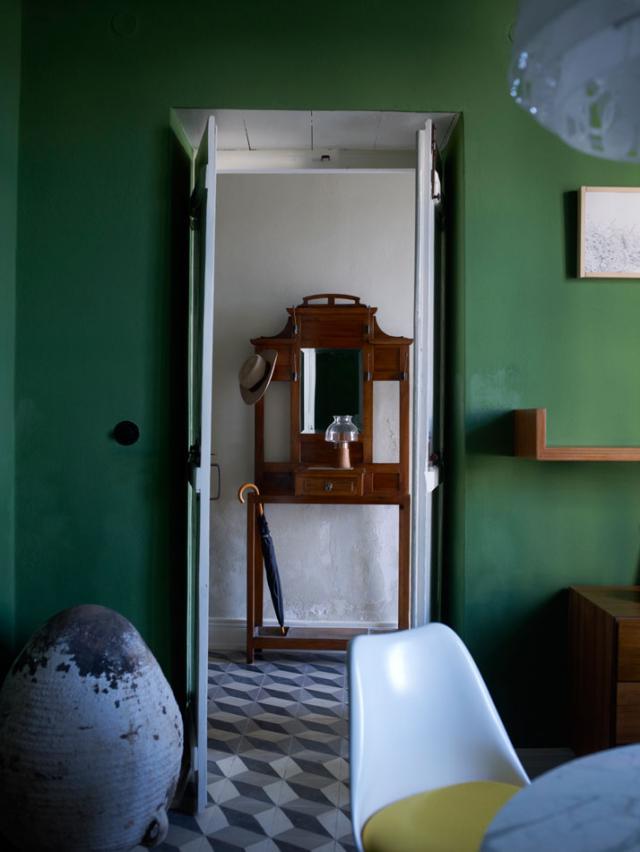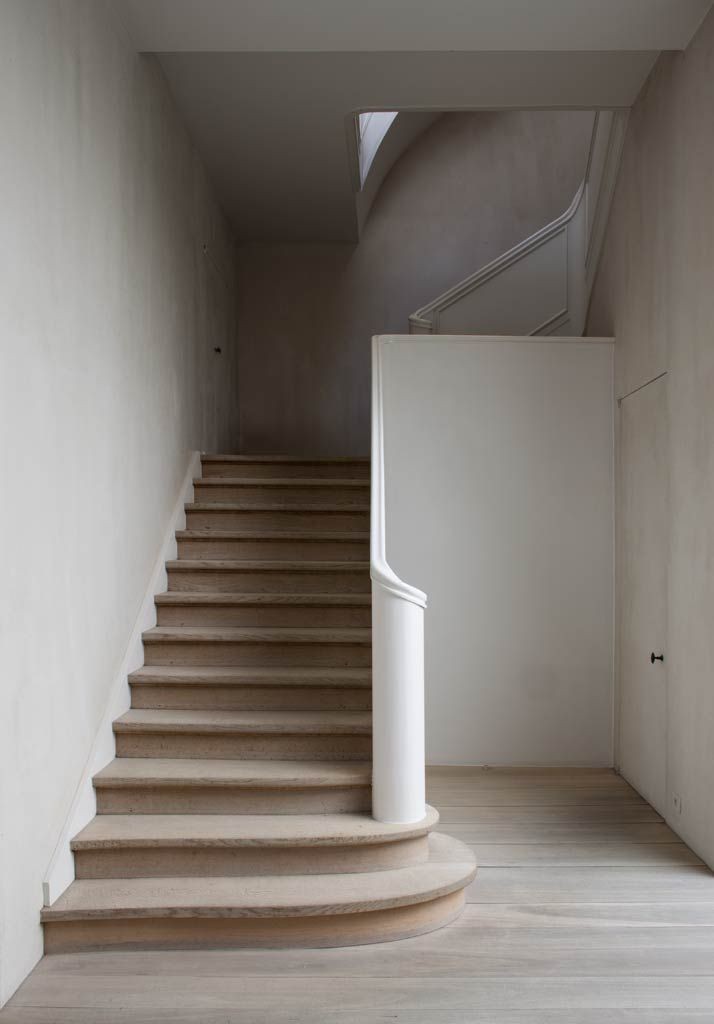I LOVE the look of Lime wash. Not a fan of glossy surfaces, the super matte,chalky, mottled surface lime wash creates is right up my alley. It makes me think of white wash homes on Greek Islands, Ancient Italian walls and French Villas. Beautifully described on one of my fav go-to design websites, remodelista, “whitewash is environmentally friendly and used for centuries. It is one of the original house paints. An ancient house staple dating back to Roman times, limewash is made from limestone that’s been crushed, burned, and mixed with water to make a lime putty. The putty is aged and then thinned with water and colored with natural pigments. Limewash creates surfaces that are textured something like suede. It lends a depth and luminosity to flat walls. Free of solvents that have pushed paints to the top of the household environmental hazards list, traditional limewash is made from natural lime and natural pigments.”
“Even some modern varieties that contain additional binding agents, use mineral additives that keep the environmentally-friendly attributes intact. Lime’s high pH level means microorganisms can’t survive, which adds a hypoallergenic quality. Proponents also argue that limewash has a chemical makeup that removes odors (and harmful CO2), improving interior air quality.”
“Limewash can be used indoors and out. Unlike most house paints that sit atop surfaces, limewash sinks in, so it’s best applied to porous surfaces, such as plaster, stone, and brick. That said, limewash (especially premade, modern varieties that may already have mineral-binding additives) can be applied to drywall as long as an appropriate primer is used. The key is to go with a mineral-based primer—such as an acrylic primer (used often under latex paints)—that creates a surface the limewash can bond to.” Take a look.

White lime wash interiors







